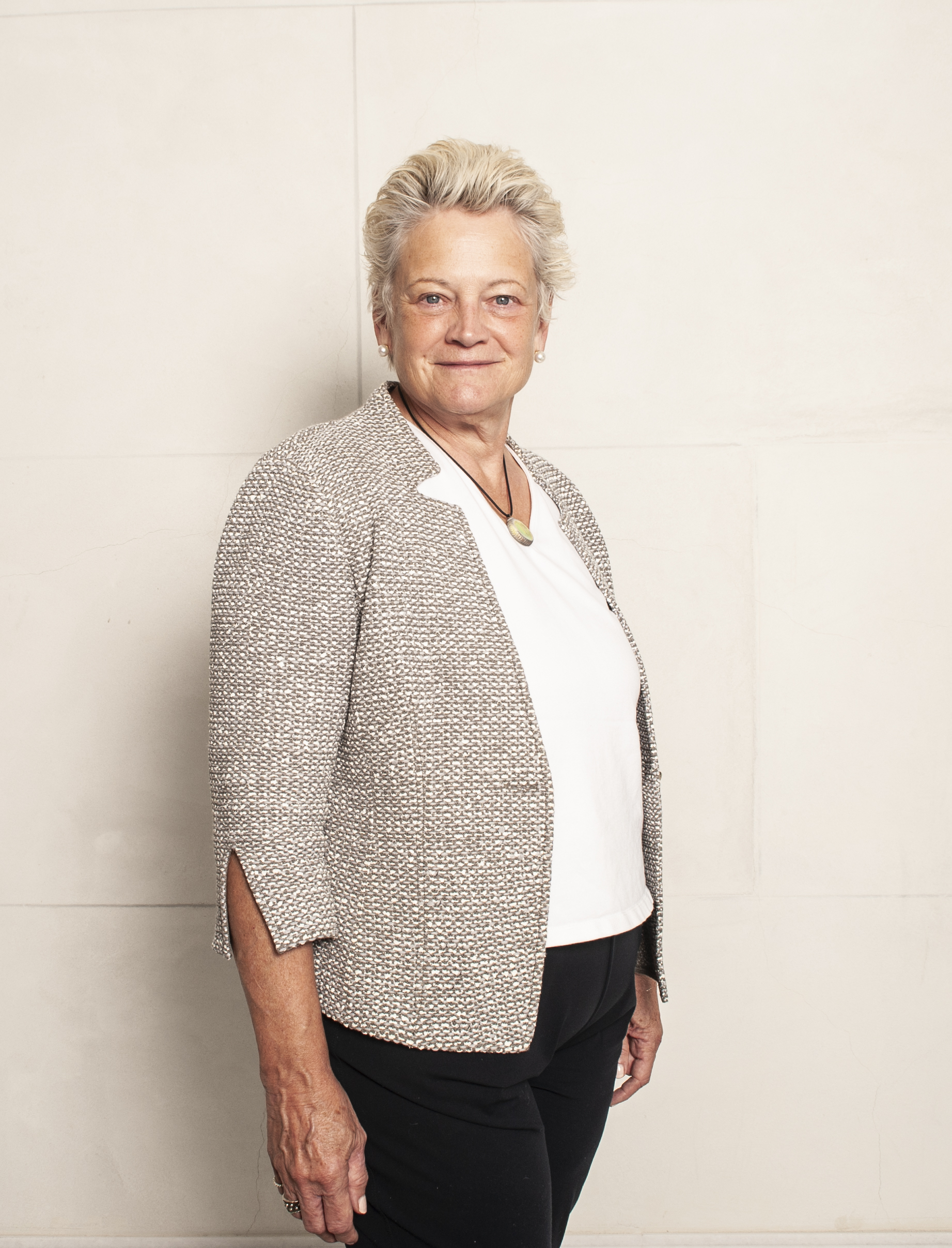Formacion
In the knowledge society, companies must compete for intelligence

Tammy Erickson, one of the 50 most influential management thinkers in the world, gives us the keys to success in retaining and attracting the best talent.
Tammy Erickson, McKinsey Award-winning author and globally respected expert on new forms of leadership, collaboration and innovation, talent and productivity, and the nature of work in the smart economy, took part in our Future Trends Forum think tank The Future of Work, where she gave us some enlightening answers.
Based on Peter Druker‘s famous phrase -«we must accept that the best way of managing people is to treat everyone as if they were volunteers«-, Tammy emphasizes that if a company wants to succeed, it has to forget about models based on achieve efficiency and scale, and focus on knowledge and intelligence.
For Tammy, important work only works that is done to care (for the company, for people, for society, for the environment) and to think (about how to improve and how to seize new opportunities). This is what she calls care&think approach.
In this context, where the important thing is to have people with this care&think mindset on board, it is necessary to forget hierarchical and bureaucratic organizations and give way to a new culture that sees people’s contributions as discretionary: if you manage to have people aligned with your culture and values, they will voluntarily contribute the best of themselves, and you will create collective intelligence.
It is a culture that seeks, Tammy explains, to mobilize intelligence.
What does the culture of intelligence mobilization consist of?
It consists of implementing seven interconnected actions:
- Innovating: combine different types of knowledge and experiences to come up with something better.
- Sensing: detect and anticipate market, social and economic changes.
- Curating data: collect and leverage small units of knowledge.
- Customizing: create deep relationships with customers, suppliers and other stakeholders.
- Collaborating: structure processes to create strength through the contributions of different groups of professionals.
- Adapting: structure assets to create options; respond flexibly and quickly.
- Learning: experiment with new approaches; select and integrate the best into ongoing activities.
It is not, as it has been up to now, about doing a lot and doing it cheaply (whether it is a product or a service). It is about opening new markets, doing things better, finding ways to better satisfy our stakeholders, all of this by orienting the corporate culture to promote and interconnect the seven previous actions.
The three principles for mobilizing intelligence
To mobilize intelligence, monetary incentives don’t work well. You need to create an environment that people want to be in; an environment where people choose to want to do great things in it.
Tammy establishes three principles for creating this environment:
1. Create options
2. Allow choice
3. Create trust
What do these principles consist of? Let’s take a closer look at the principles proposed by Tammy:
1.- Create options:
his principle consists of:
- Organize the company by cross-functional projects, rather than by function or geography.
- Have as many agreements with professionals as it takes to have the best talent: in terms of ways of remuneration, ways of working, ways of collaborating.
- When we organize the company by projects, we can create the most appropriate teams to tackle them successfully, which can be a combination of in-house professionals, freelancers, external consultants, etc.
- Remunerate for the task performed, not for the time spent. Of course, judging quality – which includes timeliness of delivery – but not time spent.
- Offer functional mobility within the company so that professionals can play different roles. Often, a professional does not want a promotion, but may be more motivated by a change of role.
2.- Allow choice:
We want the best professionals to work in our company. To do this, it is necessary, according to Tammy:
- Give professionals a reason to choose your company: meaning, significance, purpose is the new currency.
- Understand why people choose to join your company.
- Make sure the experience meets their expectations.
- Design rituals that are specific to your organization that illustrate your values.
- Make sure people consciously choose your company by telling them what might be negative or what might not be a good fit.
- Create a system for participating in projects based on professionals’ personal priorities and preferences.
- Forget the notion of «managing» work-life balance. Just offer options and allow professionals to make the decisions for themselves.
3.- Create trust:
According to a study we referenced in our Trust in the Digital Era think tank, employees at high-trust companies are 50% more productive and engaged than those at low-trust companies.
How do you build trust? The first thing is to take a hands-on approach to empowerment and delegation. That is, teach others simple rules for decision making by answering questions such as:
- What guidance would your team need to make the right decisions?
- What kind of decisions do you personally make?
- What guidelines would help the team make decisions according to your priorities?
The second is to be able to ensure that, by working with you, professionals will learn and be trained in aspects that will enrich their resumes: it is about changing the discourse from «how much I will pay you in the future» to «how valuable you will become if you work with us».
It requires, therefore, promoting learning as a key element of the employee value proposition and being recognized as the best source of talent in specific disciplines or skills.
The third and last thing Tammy recommends is to banish terms reminiscent of very hierarchical organizations, such as «assessment» or «feedback» and replace them with more empathetic words, such as «learning», «teaching», «coaching».
Tammy sums it up nicely, sentencing: «Teach, don’t judge».
Don’t miss Tammy’s video; it’s a compendium of management wisdom in just 20 minutes!








